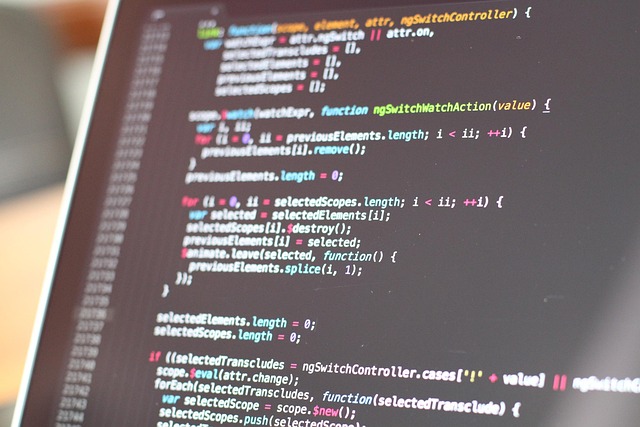
“The Ultimate Guide to Machine Learning: Coding Tips and Tricks”
The Ultimate Guide to Machine Learning: Coding Tips and Tricks
Welcome to the exciting world of Machine Learning! Whether you are a seasoned programmer looking to delve deeper into this fascinating field or a newcomer eager to learn the ropes, this guide is tailored to help you navigate the intricacies of coding in Machine Learning.
Understanding the Basics
Before diving into code, it’s essential to grasp the fundamental concepts of Machine Learning. At its core, Machine Learning is all about teaching computers to learn from data and make predictions or decisions without being explicitly programmed. This self-learning capability opens a realm of possibilities across industries, from healthcare to finance.
Choosing the Right Programming Language
When it comes to Machine Learning, Python is often the language of choice. Its simplicity and elegant syntax allow for rapid development and experimentation. Additionally, Python boasts a myriad of libraries such as TensorFlow, PyTorch, and scikit-learn that streamline the coding process, making it an ideal choice for budding Machine Learning enthusiasts.
Essential Libraries and Frameworks
Here are some key libraries that every aspiring Machine Learning coder should become familiar with:
- NumPy: A fundamental package for scientific computing, it supports large, multi-dimensional arrays and matrices, along with a wide collection of mathematical functions.
- Pandas: This library provides data manipulation and analysis tools, making it easy to load, preprocess, and explore your datasets.
- Matplotlib: Visualizing data is critical for understanding it. Matplotlib allows you to create static, animated, and interactive visualizations in Python.
- Scikit-Learn: A robust library for traditional machine learning algorithms, it simplifies the implementation of models such as regression, classification, and clustering.
- TensorFlow & PyTorch: These two deep learning frameworks empower developers to create complex neural networks with ease.
Tips for Writing Clean Code
As you embark on your Machine Learning journey, prioritizing clean and efficient code is paramount. Here are some tips to consider:
- Modular Code: Break your code into smaller, reusable functions. This enhances readability and makes debugging simpler.
- Comment Your Code: Always include comments explaining your thought process and the functionality of complex sections. This practice will help you and others understand the code in the future.
- Consistent Naming Conventions: Use clear and descriptive names for your variables and functions. This clarity helps convey meaning and purpose at a glance.
- Version Control: Incorporate version control systems like Git to track changes and collaborate with others more effectively.
Data Preprocessing and Feature Engineering
One of the most critical aspects of Machine Learning is ensuring your data is clean and well-prepared. Data preprocessing involves steps such as handling missing values, normalizing data, and encoding categorical variables. Feature engineering, on the other hand, involves creating new input features from your existing data to improve model performance. Remember, garbage in, garbage out!
Model Selection and Evaluation
Choosing the right model is crucial. Start with simpler models before progressing to more complex ones. Evaluate your models using metrics like accuracy, precision, recall, and F1-score to understand their performance. Don’t forget about cross-validation to ensure your model generalizes well to unseen data.
The Power of Community and Resources
The Machine Learning community is vast and welcoming. Engage with others through online forums, social media, and local meetups. Websites like Kaggle offer competitions that challenge your skills, while GitHub is a treasure trove of open-source projects that can inspire your own coding adventures.
In the realm of coding for Machine Learning, the journey is just as important as the destination. Embrace the learning process, experiment boldly, and celebrate every small win along the way. Happy coding!



